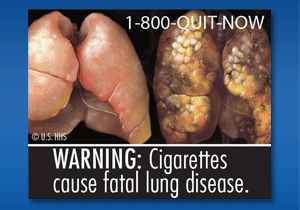Officials Mull State Park Smoking Ban Pilot
Visitors’ complaints about cigarette butts on lakes and beaches have the Bureau of State Parks considering a smoking ban pilot program. “We have swimming beaches at many of our beautiful state parks with our lakes, and often you have these cigarette butts washing up. You have cigarette butts in the sand,” explains Department of Conservation and Natural Resources spokesman Terry Brady.
“We pride ourselves in trying to keep these swimming beaches clean of both goose excrement and cigarette butts,” Brady says. However, with parks personnel already stretched thin, the manpower used to pick up after some smokers could be better used elsewhere.
Brady notes that visitors’ concerns are driving consideration of the pilot, and that public sentiment will ultimately decide whether any trial run becomes permanent or statewide.
None of Pennsylvania’s 120 state parks has been identified as a smoking ban pilot site yet, and Brady tells Radio PA there’s no timetable for implementation. “It remains to be seen where this will go, but certainly our Bureau of State Parks will look into it.”



